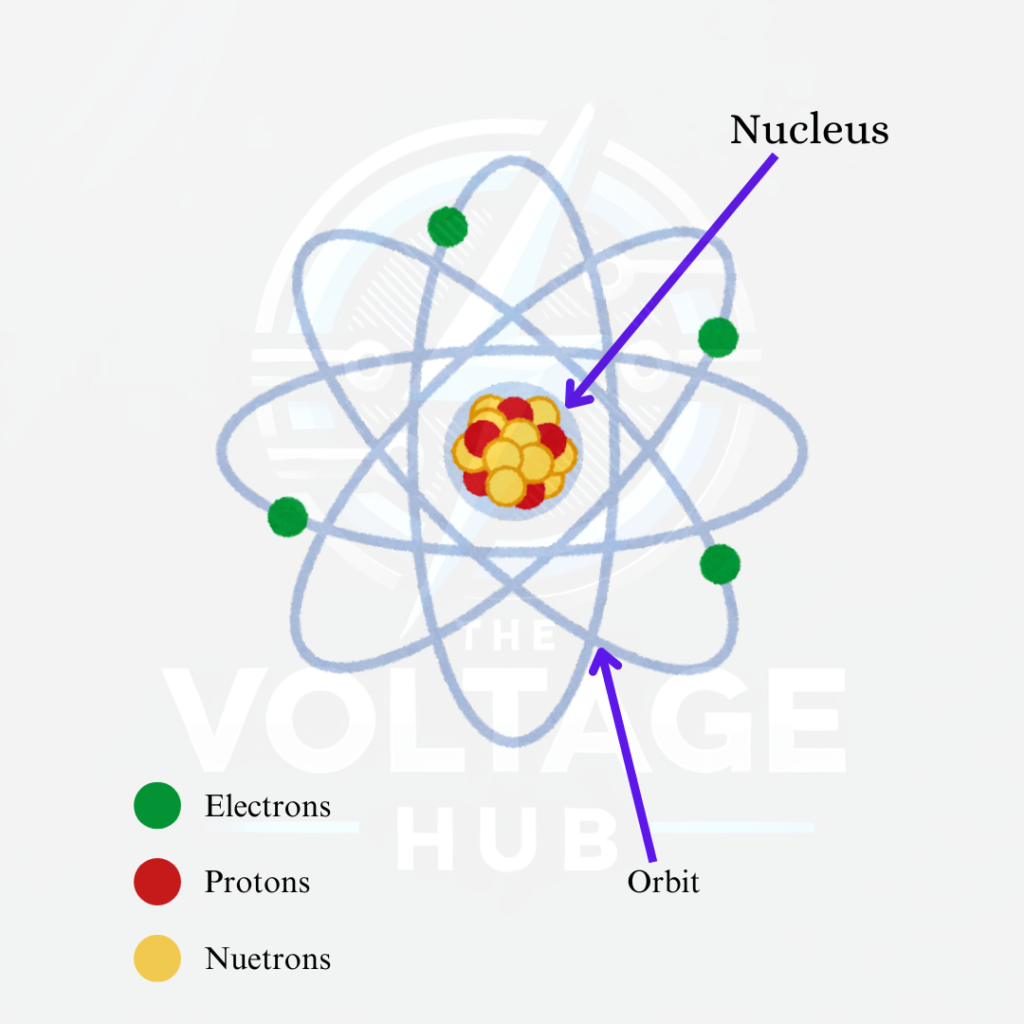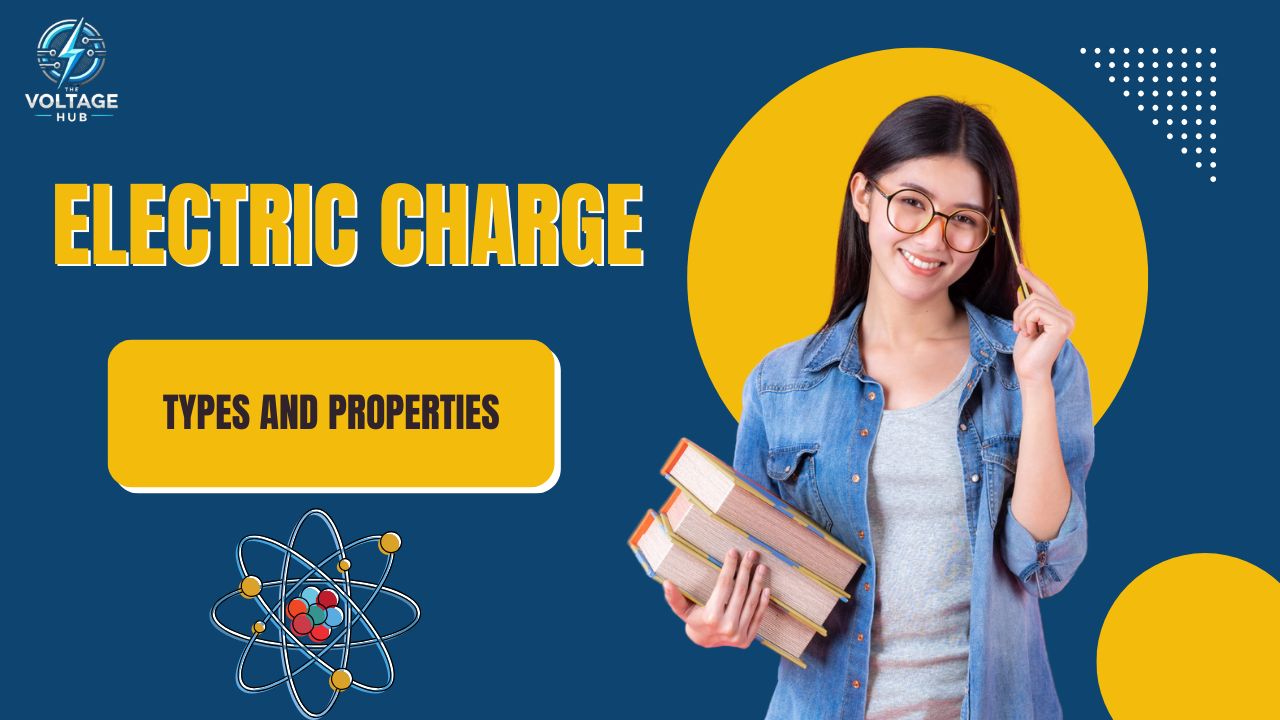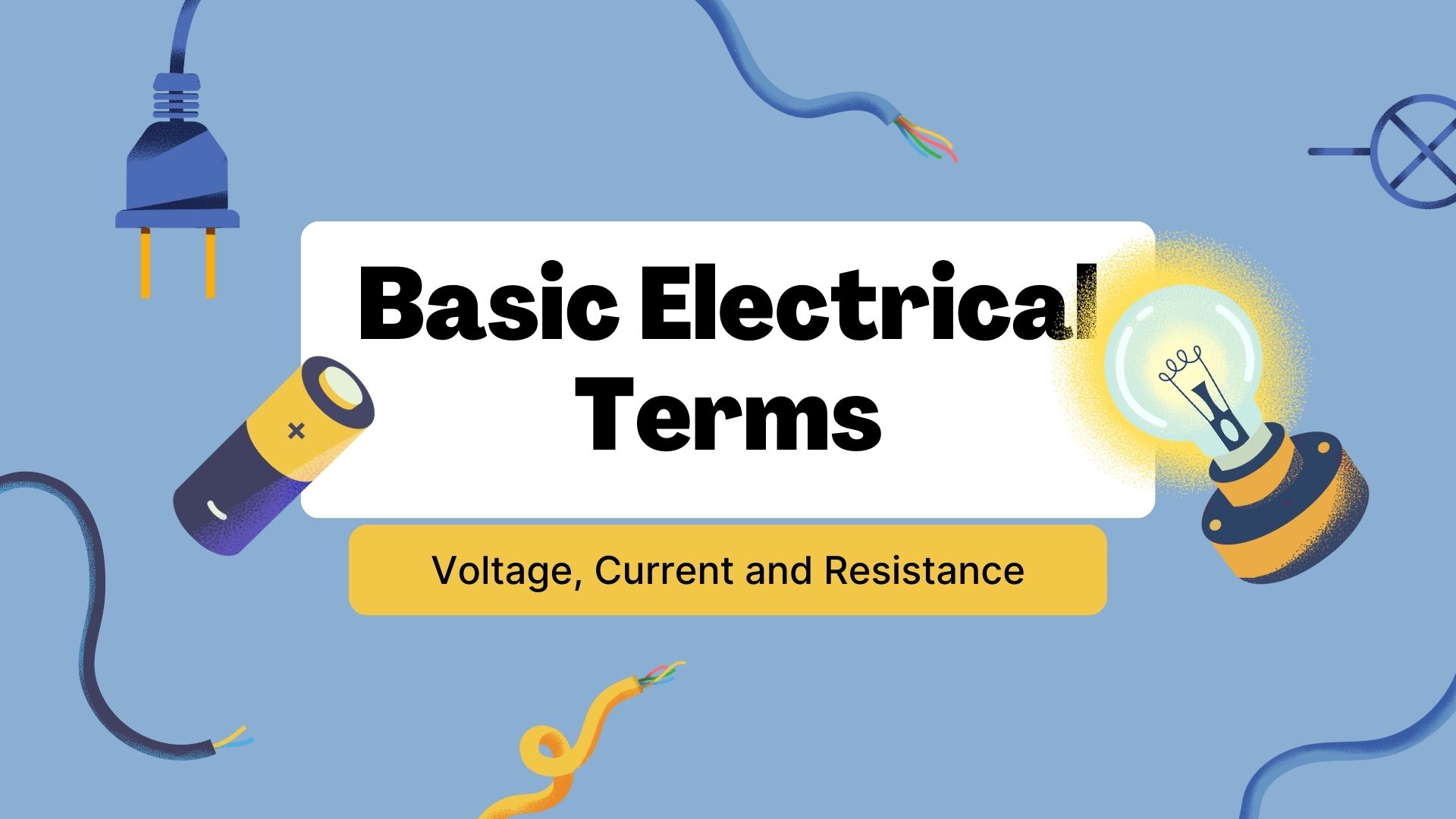Table Of Content
- 1 Definition of Electric Charge
- 2 Types of Electric Charge
- 3 Properties of Electric Charge
- 4 Coulomb’s Law: Governing Force Between Charges
- 5 Conductors and Insulators: Materials and Their Role
- 6 Electric Charge in Everyday Life
- 7 Electric Charge in Technology
- 8 Applications of Electric Charge
- 9 Conclusion: The Impact of Electric Charge on the World
Definition of Electric Charge
Electric charge is defined as a fundamental property of matter that causes it to experience a force when placed in an electromagnetic field, understanding electric charge as the source of electromagnetic interactions, one of the four fundamental forces of nature, alongside gravity, the strong nuclear force, and the weak nuclear force.”
Understanding Electric Charge in simple terms: It is responsible for the attraction or repulsion between particles like protons and electrons, with effects seen in lightning, electronics, and communication systems.

Types of Electric Charge
Electric charge is classified into two types:
Positive Charge
Positive charge is carried by protons, one of the subatomic particles found in the nucleus of an atom. Objects with an excess of protons exhibit a net positive charge.
Negative Charge
Negative charge is carried by electrons, which orbit the nucleus of an atom. An object becomes negatively charged when it gains extra electrons.
Neutral State
When the number of protons equals the number of electrons, an object is said to be electrically neutral. Most everyday objects are in a neutral state until influenced by external forces.
Properties of Electric Charge
Electric charge exhibits several unique properties that define its behavior:
1. Quantization
Electric charge is quantized, meaning it occurs in discrete units. The smallest unit of charge is the charge of a single electron or proton, represented as e , approximately 1.6 x 10^-19 coulombs.
2. Conservation
The law of conservation of charge states that the total charge in an isolated system remains constant. Charge can neither be created nor destroyed, only transferred from one object to another.
3. Additive Nature
Electric charge is additive. The total charge of a system is the algebraic sum of all charges present.
4. Interaction of Charges
Like charges repel each other, while opposite charges attract. This interaction governs the forces between charged objects.
Coulomb’s Law: Governing Force Between Charges

Coulomb’s law, formulated by Charles-Augustin de Coulomb in 1785, describes the force between two charged particles. The law is expressed as:
![]()
Where :
Where:
- F is the force between charges
- q1 and q2 are the magnitudes of the charges
- r is the distance between the charges
- k is Coulomb’s constant

This law in Understanding Electric Charge highlights that the force between charges increases with charge magnitude and decreases with the square of the distance.
Conductors and Insulators: Materials and Their Role
Materials respond differently to electric charge based on their ability to allow free movement of electrons:
Conductors : Some metals, allow electric charges to flow freely due to the presence of free electrons. This property makes them essential for electrical wiring and circuits.
Insulators : It, such as rubber or glass, resist the flow of electric charge. They are used for insulation and safety in electrical systems.
Semiconductors : It, like silicon, exhibit properties between conductors and insulators. They are crucial in modern electronics, forming the basis of transistors and integrated circuits.
Electric Charge in Everyday Life
It is not just a theoretical concept; it has practical implications in our daily lives:
- Static Electricity: The buildup of charge on surfaces, resulting in phenomena like sparks or the attraction of small objects.
- Lightning: A dramatic natural demonstration of electric charge, caused by the movement of electrons in clouds.
- Batteries: Devices that store and transfer electric charge to power electronics.
Electric Charge in Technology
Electric charge is foundational to the development of numerous technologies:
- Electronics : Devices like smartphones, computers, and televisions rely on the controlled movement of electric charge.
- Renewable Energy : Solar panels and wind turbines convert energy into electric charge to supply power sustainably.
- Medical Devices : Electric charge enables technologies such as electrocardiograms (ECGs) and defibrillators, crucial for healthcare.
Applications of Electric Charge
Electric charge has a wide range of applications across various industries:
- Energy Production and Transmission : Electric charge is central to power generation, whether through fossil fuels, nuclear power, or renewable sources. Transmission lines distribute this energy efficiently to homes and businesses.
- Telecommunications : The movement of electric charge forms the backbone of communication systems, enabling data transfer over networks.
- Industrial Applications : Electric charge powers machines and tools, enhancing productivity in manufacturing and construction.
- Scientific Research : The study of electric charge has led to groundbreaking discoveries in particle physics and quantum mechanics.
Conclusion: The Impact of Electric Charge on the World
Electric charge is a cornerstone of physics, influencing everything from the behavior of particles to the functionality of technological systems. Its study has unlocked countless innovations, shaping the modern world. By understanding electric charge, we gain insight into the forces that govern nature and fuel progress in science and technology.
FAQs
[sc_fs_multi_faq headline-0=”p” question-0=”1. What is electric charge?” answer-0=”Electric charge is a fundamental property of matter that causes particles to experience a force in an electromagnetic field. It exists in two types: positive and negative.” image-0=”” headline-1=”p” question-1=”2. How is electric charge measured?” answer-1=”Electric charge is measured in coulombs (C). The charge of one electron is approximately 1.6 x 10^-19 coulombs.” image-1=”” headline-2=”p” question-2=”3. What is the difference between static and current electricity?” answer-2=”Static electricity is the accumulation of electric charges on a surface, while current electricity refers to the flow of charges through a conductor. ” image-2=”” headline-3=”p” question-3=”4. What materials can conduct electric charge?” answer-3=”Conductors, such as metals (e.g., copper and aluminum), allow electric charges to flow freely, while insulators, like rubber and glass, restrict the flow.” image-3=”” headline-4=”p” question-4=”5. Why do like charges repel and opposite charges attract?” answer-4=”This behavior is due to the electromagnetic force, a fundamental force of nature. Like charges repel to minimize energy, while opposite charges attract to form a stable system. ” image-4=”” count=”5″ html=”true” css_class=””]



